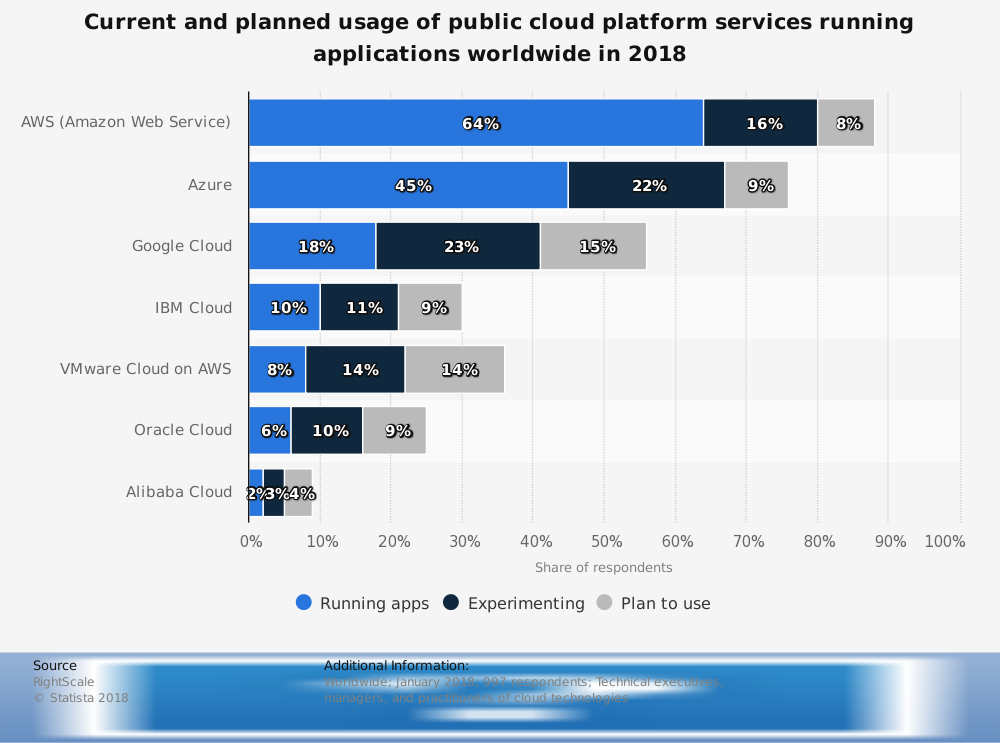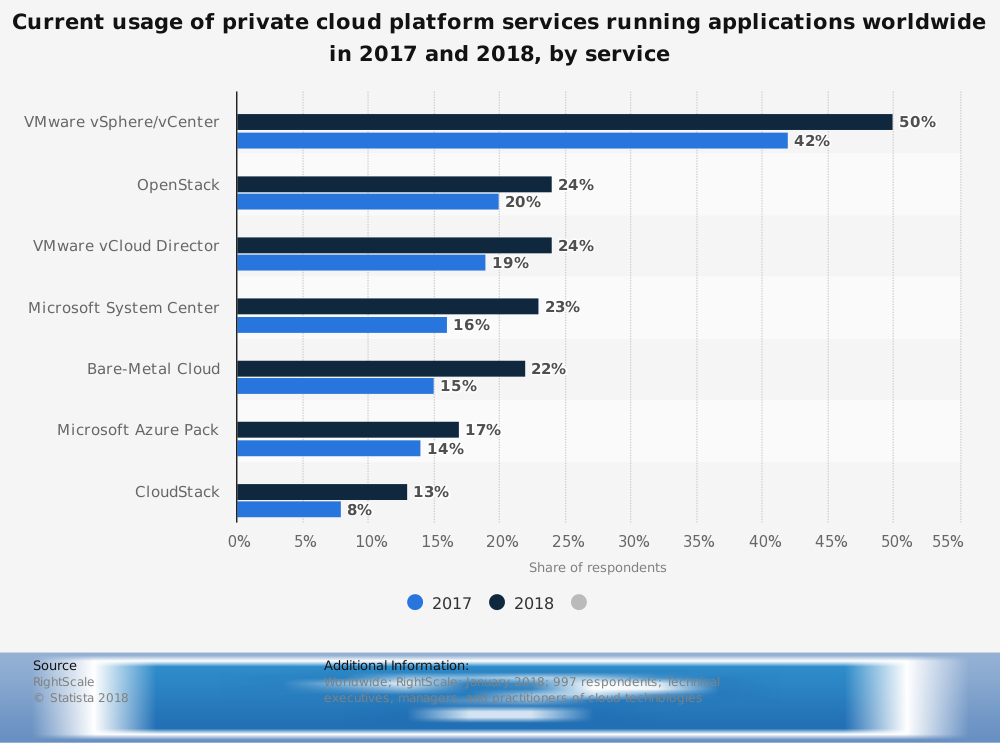Microsoft Azure is a set of cloud services that are designed to meet the needs of the average business. It is designed to give each business the freedom to build, manage, and deploy applications on a global network without forcing you to give up your favorite frameworks or tools.
In total, there are more than 100 different Azure products available to consumers right now, ranging from AI machine learning services to management tools that will provide you with app insights that detect, triage, and diagnose issues that may be present in your services. When combined with third-party tools and apps, Azure is designed to be your one-stop destination for development.
Here are the advantages and disadvantages to consider if you’re taking a closer look at Microsoft Azure for your business today.
List of the Advantages of Microsoft Azure
1. Microsoft Azure offers high availability.
When you go through the legal agreement which covers the services provided by Azure, you’ll find that the uptime guarantee you’re given is 99.95%. In real-time hours, that means you can expect about 4.5 hours of downtime over the course of an entire year. Similar services from competitive brands offer uptime percentages that are 98%, 95%, and sometimes as low as 90% for the same price that you’ll get with Azure.
2. It offers you a strong security profile.
Azure follows the DADSC approach to security: detect, assess, diagnose, stabilize, and close. When this profile is paired with the cyber-security controls that are built into the platform, you’ll be able to take their multiple compliance certifications and turn them into your next best assets. End users are covered with Azure, as is the platform, which reduces the risk of data loss. At the same time, multi-factor authentication and application passwords offer another layer of security to stop information theft.
3. Azure offers good scalability options.
Like most businesses, you probably have a day or two when you maximize your data use, then the rest of the month, you use a minimal amount. With Azure, you’re not forced to purchase data packets or other upgrades to gain access to the computer power you need for that day or two each month. Just click on the upgrades that you need, then remove them when you’ve gotten the work done. This structure makes it easier to pay only for what you use.
4. It is a cost-effective solution for an IT budget.
Because you’re using a cloud provider, you don’t have the same capital investments into IT infrastructure that other businesses face. For the SMB, that means being able to become instantly competitive on a global stage with their technology. You only purchase what you need, when you need it. In return, the cloud environment with Azure gives you the ability to launch customer apps or internal apps. You lose the burden of hardware costs and maintenance without losing the benefits of having them because of your access to the cloud.
5. There are multiple redundancies in place to maintain data access.
Microsoft Azure has access to a wide range of global data centers that will help you be able to access your data. That is how they can assure continuous availability at higher levels than their competition. Even if one of the data centers needs to be taken down for maintenance, you’re still good to go because you can just access another data center when you need to put data in or take it out for your business.
6. Azure allows you to use any framework, language, or tool.
When you have Microsoft Azure working for you, then you can turn your ideas into solutions very quickly. All you need to do is bring your code to start doing what you already love. Azure allows you to build apps with the language you prefer, including .NET, Java, and Node.js, then gives you access to tools like Visual Studio. This allows you to stay productive while focusing on the coding instead of how it is managed.
7. You are given access to app connectors within the Microsoft family of products.
With Microsoft Azure, you’re able to connect devices, data, and applications with 150+ connectors that come out-of-the-box with your investment. Office 365 is one of the best connectors, allowing you to integrate coding and administration duties into one platform. Azure also works with Dropbox, Google services, Twitter, Salesforce, and many others.
8. You can automate many of your repetitive tasks.
Azure allows you to manage large, complex applications with the tools you prefer to use. That includes BASH, Power Shell, or REST APIs. That means you can quickly automate your time-consuming repetitive tasks to speed up your app delivery without compromising the quality of your work. Built-in supports for analytics, patching, monitoring, backups, and site recovery for your apps are included, which means you get to focus on your work instead of trying to maintain your infrastructure.
9. Azure allows businesses to build a hybrid infrastructure.
SMBs are able to gain control and better visibility with security solutions and built-in management solutions for a hybrid infrastructure. Thanks to the Azure Security Center, you can detect, then respond to threats in the cloud and on-premises with faster speed. You can also enable backup and recovery tools to protect against data loss locally. You choose the migration path that works best for the needs of your business. Unlike other providers, Azure doesn’t force you to move everything all at once when you subscribe.
10. You have access to a rich set of artificial intelligence services.
There are several AI-powered experiences which are possible thanks to the tools offered through Azure. You can build bots which naturally interact with consumers, make faster predictions, and improve your overall service capabilities. In short, you’re able to serve more people, offer authentic results, and improve the brand experience for your customers with these AI services.

List of the Disadvantages of Microsoft Azure
1. You’ll need to manage Azure to make it effect.
Although you’ll be reducing your capital expenses for IT hardware and maintenance locally, you’re still going to need someone to manage your data effectively. Microsoft Azure does not help you manage your cloud-based data center. That means you’ll need to have boots on the ground that know how to use Azure, which includes server monitoring and patching. Without that talent, you must either learn it yourself or find a different solution.
2. You must have platform expertise available.
One of the biggest issues that is seen with Azure is a change in the computing power that is available to the business. If you’re moving from on-premise servers to the cloud, you may find that your computing power does not move along with you. To generate the same levels of computing power on this cloud-based platform, you may find that the costs are several thousand dollars more per year than what you’re currently paying.
3. Azure almost forces you to put all your eggs into one basket.
What Microsoft Azure proposes for your business is a single vendor strategy. Although working with one vendor does increase convenience, it also increases your risk. When your data is being managed by one single provider, which also becomes your launching platform, then what happens if Microsoft is unable to fulfill their contracted obligations? You might have a legal case to pursue, but you will not have your data available to you. For some SMBs, that may be too much of an unnecessary risk to take.
4. Speed can be an issue for some businesses.
Microsoft Azure offers 54 regions worldwide, offering availability to 140 different countries when announced regions are included. If you live in the United States, Europe, Australia, India, Japan, or China, then you’re all set. Your business can take advantage of speedy data access. If you live in South America, however, then you only have access to one available region, which is designated as “Brazil South.” Africa has two announced regions, but nothing active as of yet. Canada only has two regions, both located in the eastern portion of the country. Speed is a definite issue if there isn’t a close region.
5. The ease of access may be problematic for some businesses.
Because opening a cloud account is a fairly simple process today, an empowered individual with spending responsibilities could approve a Microsoft Azure account without the business or ownership approving of the action in the first place. Although 90% of Fortune 500 companies are using Azure, it may not be the right value offering for every business, especially some startups or new SMBs. If you’re just getting your business off the ground, you’ll want to consider spending structures carefully to avoid this issue.

More companies than ever before are moving their data to cloud-based services. Knowing which provider to use can be difficult to determine. With these Microsoft Azure advantages and disadvantages, you’ll get a better idea if this IaaS platform is capable of meeting your current and future needs.
Although millions of people visit Brandon's blog each month, his path to success was not easy. Go here to read his incredible story, "From Disabled and $500k in Debt to a Pro Blogger with 5 Million Monthly Visitors." If you want to send Brandon a quick message, then visit his contact page here.
